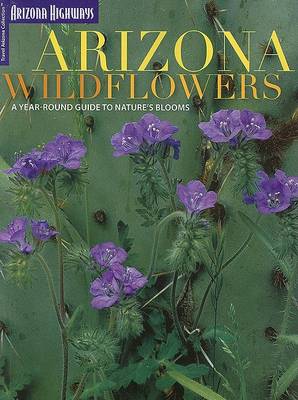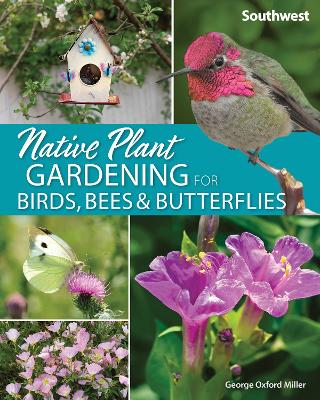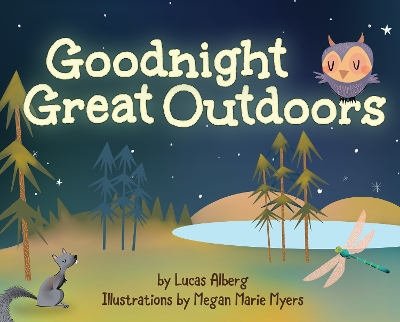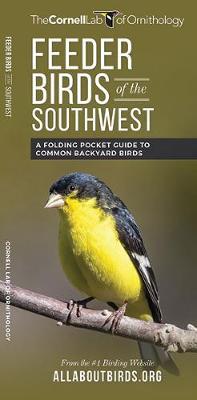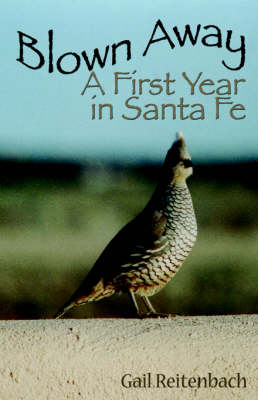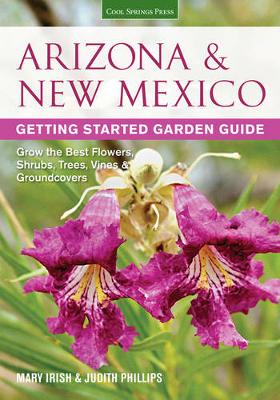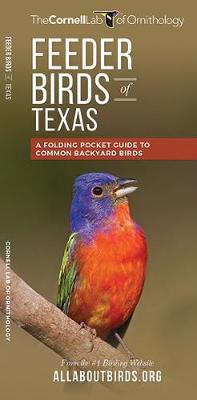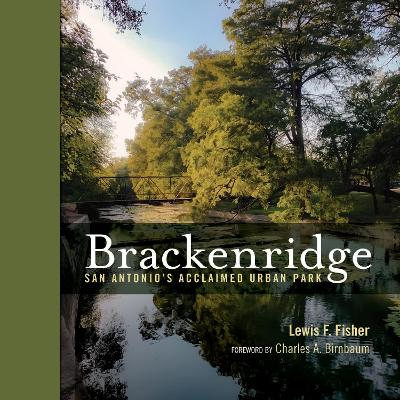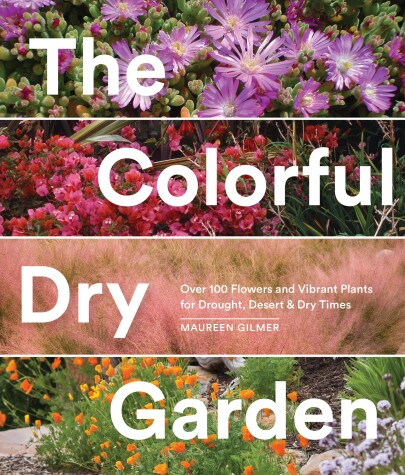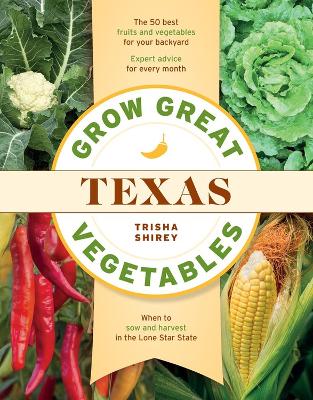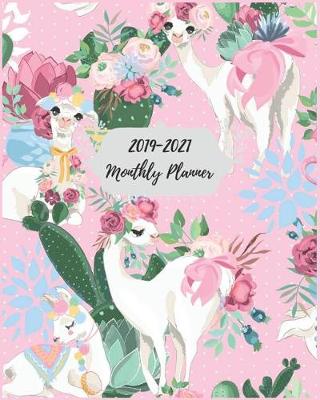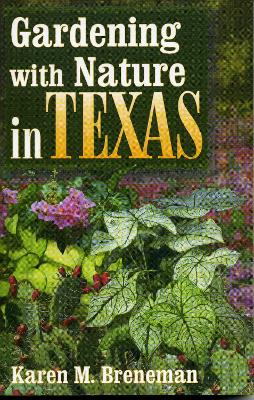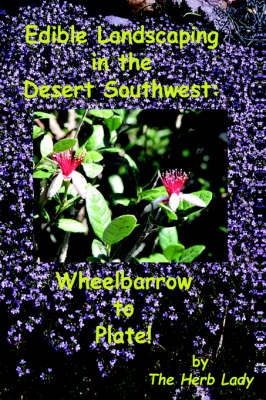Academic Planner 2018-2019 (Mid Year Planners, #1) (Student Planners, #11)
by Planners and Notebooks and Jolly Journals
Native Plant Gardening for Birds, Bees & Butterflies: Southwest
by George Miller
Plan Your Landscape or Garden to Help Beloved Backyard Visitors The presence of birds, bees, and butterflies suggests a healthy, earth-friendly place. These most welcome guests also bring joy to those who appreciate watching them. Now, you can turn your yard into a perfect habitat that attracts them and, more importantly, helps them thrive. Professional nature photographer and botanist George Oxford Miller provides all the information you need in this must-have guide for Arizona, Nevada, New...
The Perfect Texas Lawn (Creating and Maintaining the Perfect Lawn)
by Dr. Steve Dobbs
A Perfect Bedtime Story, Whether You’re Under a Roof or Under the Stars Gather the children. Cuddle into a warm sleeping bag. It’s time to fall asleep. This gentle, calming story celebrates the wonders of the great outdoors by saying goodnight to nature. As the sun sets, the family prepares their campsite for nightfall. “Goodnight hills, and goodnight clean air. Goodnight creatures everywhere.” The soft, rhyming text complements dream-like illustrations, creating a picture book that’s just righ...
For bird enthusiasts, offering food at feeders is a way to enjoy a close-up view of target species while helping them survive and thrive. This guide profiles 40 common feeder birds found in the Southwest United States, along with feeder types and recommended foods for attracting each species. Also included are comments about each species' habitat and behaviors.
Arizona & New Mexico Getting Started Garden Guide
by Mary Irish and Judith Phillips
For bird enthusiasts, offering food at feeders is a way to enjoy a close-up view of target species while helping them survive and thrive. This guide profiles 40 common feeder birds found in Texas, along with feeder types and recommended foods for attracting each species. Also included are comments about each species' habitat and behaviors.
Brackenridge Park began its life as a heavily wooded, bucolic driving park at the turn of the twentieth century. Over the next 120 years it evolved into the sprawling, multifaceted jewel San Antonians enjoy today, home to the San Antonio Zoo, the state’s first public golf course, the Japanese Tea Garden, the Sunken Garden Theater, and the Witte Museum.The land that Brackenridge Park occupies, near the San Antonio River headwaters, has been reinvented many times over. People have gathered there s...
Celebrate Diversity Cute Cactus 8.5"x11" (21.59 cm x 27.94 cm) College Ruled Notebook
by Glittery Narwhal Notebooks
A design-focused, easy-to-use guide to colorful, eye-catching foliage and flowers for your whole yard, from the ground plane to the canopy, for homeowners and landscapers faced with replacing thirsty gardens in California and other dry regions in the Western US. If readers must reluctantly remove water-guzzling favorites from the garden, they need equally beautiful substitutes! This book is a visual treat that supports the transition to dry gardening by proving that gardeners can have all the...
Dry weather defines the southwest, and it's getting dryer. A water becomes more precious, our gardens suffer. If we want to keep gardening, we need to revolutionize our plant choices and garden practices. Hot Colour, Dry Garden provides home gardeners with a joyful, colour-filled way to exuberantly garden in low-water conditions. Garden expert Nan Sterman highlights inspiring examples of brilliant gardens filled with water-smart plants. Gardeners will find advice for adding colour to the garden,...
2019-2021 Monthly Planner (2019-2021 3 Year Monthly Calendar Planner, #7)
by Nine Journal
Texas is a diverse state with unique and widely varying geological features and climate zones. Regardless of the conditions, it is possible to garden successfully, provide habitat for wildlife, reduce pollution of air and water, and improve quality of life. For all gardeners, whether working with a pot on a balcony or acreage, the same basic principles apply. Following the suggestions outlines in this book will not only promote colorful flowers and healthy plants, but also reward the gardener wi...
You can have a totally edible garden in the Desert Southwest (and other similar year-round climates). Edible fruits, vegetables, herbs and flowers can be as decorative in the garden as they are on the dinner table. Change your ornamental garden into a treasure for the eye, a safe environment for family and pets -- and you can eat it too!
